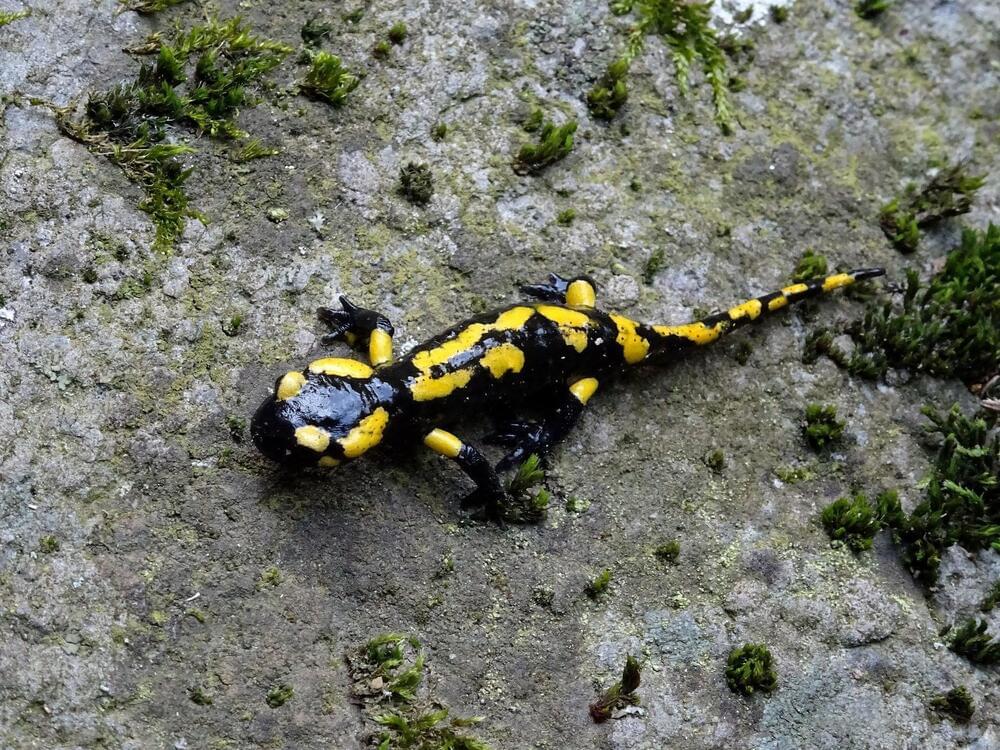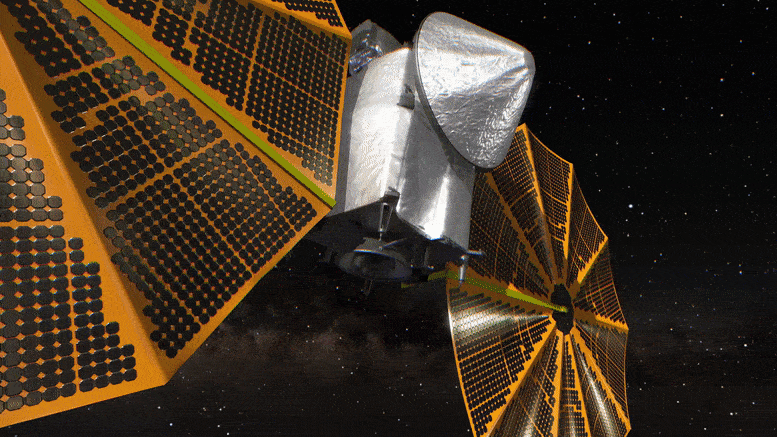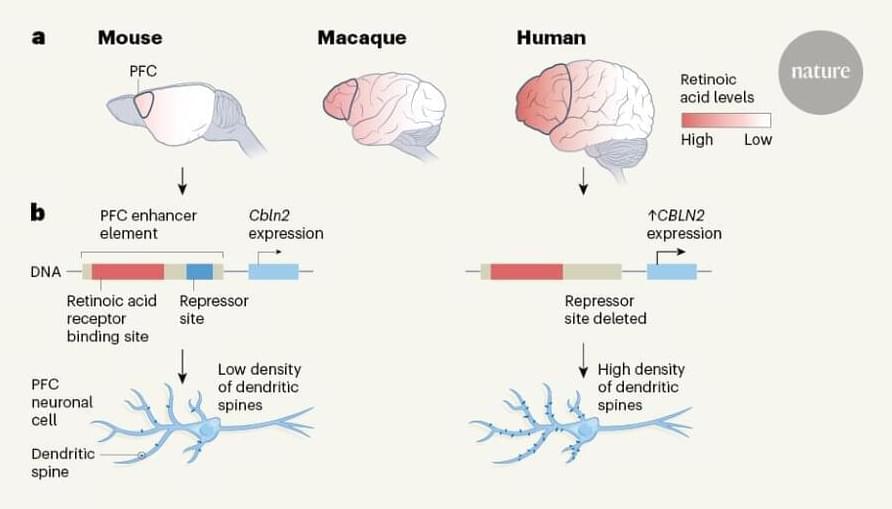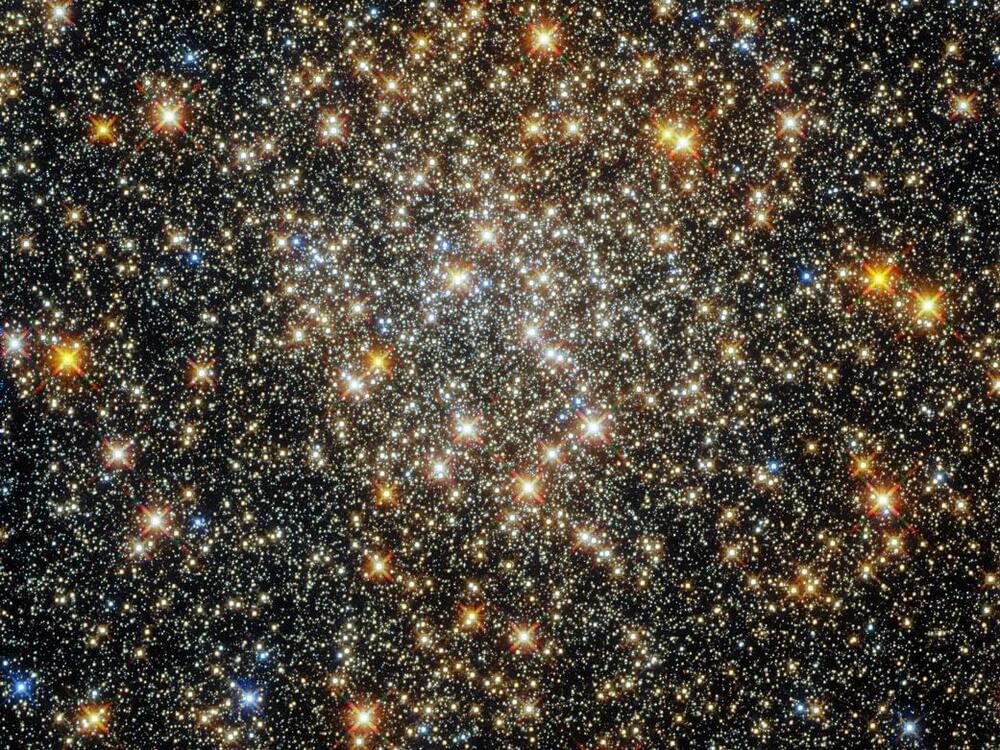Like many other living organisms, humans are born, survive, compete for resources, reach maturity, reproduce, take care of their young, sometimes the young of their young, continuously decline, and die. Evolution needs us for just two purposes – adapt and reproduce. But, unlike other species, humans are very conscious of their fate. Humans are very much aware that after reaching peak performance they will eventually grow old and die. We are very conscious of our fate after reaching peak performance – loss of function, frailty, and eventual loss of everything we worked so hard to earn.
We observe our parents, and other elderly around them, attend funerals, and understand that eventually we will get into this state. We are also very contempt with that fate as evolution made sure that. The more ambitious of us are trying to advance science, the rest seek refuge in religion, some in philosophy, some in accumulation of wealth, and some see the continuation of ourselves in our children. But despite the many technological advances transpiring in the laboratories all over the world, there is nothing we can do at this point to escape aging. There are diets, exercises, sleep, and supplements, but these provide very marginal benefits. We do not see 120+ old yoga and diet practitioners or marathon runners around. But these simple habits do help look younger longer. And many people that have very harmful habits like smoking but still diet and exercise to look younger.








